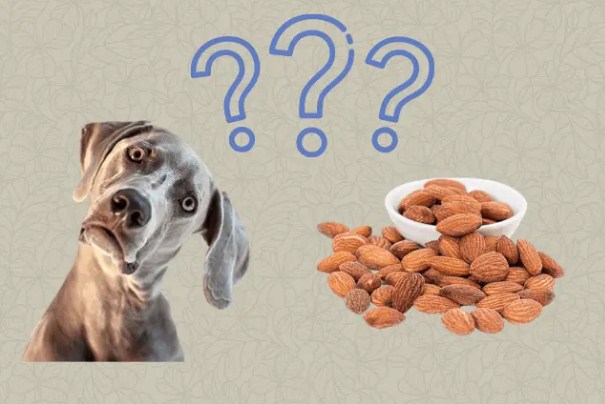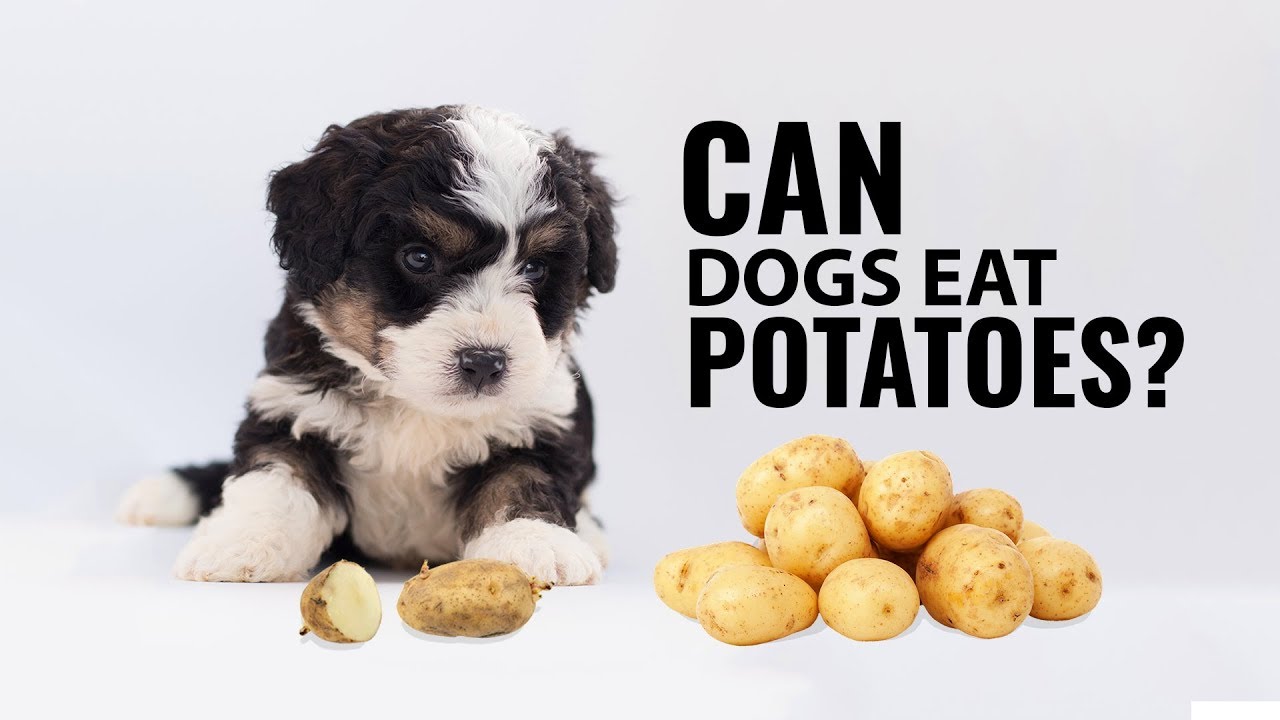Grain free dog food killing dogs, The FDA reported in last week that food free of grain may be associated with unsafe cardiac problems in dogs.
This is the third update in a series since the FDA started to look into the connection in July 2018. Nonetheless, the response is not much clearer and much speculation has been received about the enigmatic spike of dilated canine cardiomyopathy that circulates in the meantime.
First of all, the problem doesn’t just seem to be grainless diets.
We have to talk about general canine nutrition first to really understand what is happening here.
Many pet owners seem to have started thinking in recent years of cereals as filler products in dog food— which our birds do not need, could do them harm. In fact, grain supplies essential nutrients, including protein, and very few dogs have allergies to the grain.
Gluten intolerance is also rare for dogs: according to Tufts’ Veterinary Center, only one family of inbred Irish Setters has confirmed gastrointestinal problems by using gluten.
Not everyone is generated fairly, of course. Tapioca is grains of potatoes, but they have very small starch and fiber. In pet food, it wouldn’t be ideal. This does not mean that grain-free is much better.

It is still not at all clear how these so-called BEG diets will lead to or contribute to the increase in the amount of cardiomyopathy (DCM). Only the FDA began to study the relation, as veterinarians saw an observational rise in DCM levels in races that were usually not prone to disease.
Many pure breeds have genetic similarities to DCM, such as Great Danes and Doberman pinschers. But when bulldogs and labradors came in with cardiac problems, the vets were concerned. I also just found that many of these dogs are on BEG diets without any grain or other.
Nevertheless, it could be an affiliation, as a 2018 paper in the Journal of the American Veterinary Medical Association suggests. The growth of the BEG diets can thus be unrelated to the increase of DCM. Grain-free foods quickly get more popular. Perhaps both of them are on the rise. Some of the cases reported with the FDA are definitely not linked to diet, the authors note.
Yet they believe that diet plays a part. You just don’t know what it’s now. Taurine deficiencies are well known to cause health problems and some races, such as American cocker spaniels and golden retrievers, tend to develop taurine deficiencies.
Some dogs reported low taurine and were improved after supplements were obtained. But, many others haven’t. It might not be taurine, but some other mineral in the diet. In the FDA, grain containing was tested against grain-free foods and few variations found, but this was not guaranteed.
When the FDA’s initial announcement arrived, Lisa Freeman of the Tufts Clinical Nutrition Service noted that BEG diets often use exotics, which are rare and less common to manufacturers. For example, just because two types of meat have the same level of taurine, a dog can not derive the same amount from the food it produces. The materials must be researched by companies
She describes that many manufacturers–particularly small ones–have short nutritional profiles.
For example, she and her colleagues found that 15 percent of canned cat food in 90 types is inadequate for a crucial nutrient, and all of them are manufactured by small enterprises. It means that the same manufacturers seeking to produce BEG food may lack quality control.
While the FDA does not recommend anyone gets rid of their pet foods at present, some experts like Freeman suggest that pet owners make a change. “It is unlikely that most BEG diets will develop DCM,” she wrote in an update of November 2018. But, since we still do not understand why BEG diets impact certain dogs and because DCM is life-threatening, I will recommend that you rethink your dog’s diet until we have more details about it.
Since there are no health reasons why your dog is free of grain and probably not, moving to a more traditional kibble can be healthier. In case you are uncertain about how to pick one, you should start by looking for a label in the bag that indicates whether the product used is AAFCO feeding tests.
AAFCO is not a certifying or regulatory body but releases nutrition guidelines, and allows the manufacturers to use that label to indicate that their products are tested to prove that they provide adequate nutrition.
In the Pet Nutrition Alliance manufacturer’s guide, if you want to be even more detailed, you can see if any particular brand is available. The group raised some key questions to every supplier in the United States, although few were pleased.
You are looking for a company that is ideally not engaged in production and employs nutritionists in full time who are advanced in animal nutrition. These are companies that have the experience to evaluate and shape pet food adequately.
You may be surprised to find that many of the naturally occurring grain-free companies are not employing such critical experts (although most companies have actually failed to comply with the Pet Nutrition Alliance request). Giants like Purina are often made, on the other hand.
It is easy to go along with the shiny marketing which tells us that grainless, or that all-lamb is the healthiest thing—see, we do it with our own diets. We all want the best for our pups. Nevertheless, the bland conventional alternative could be the best when it comes to dog food.








